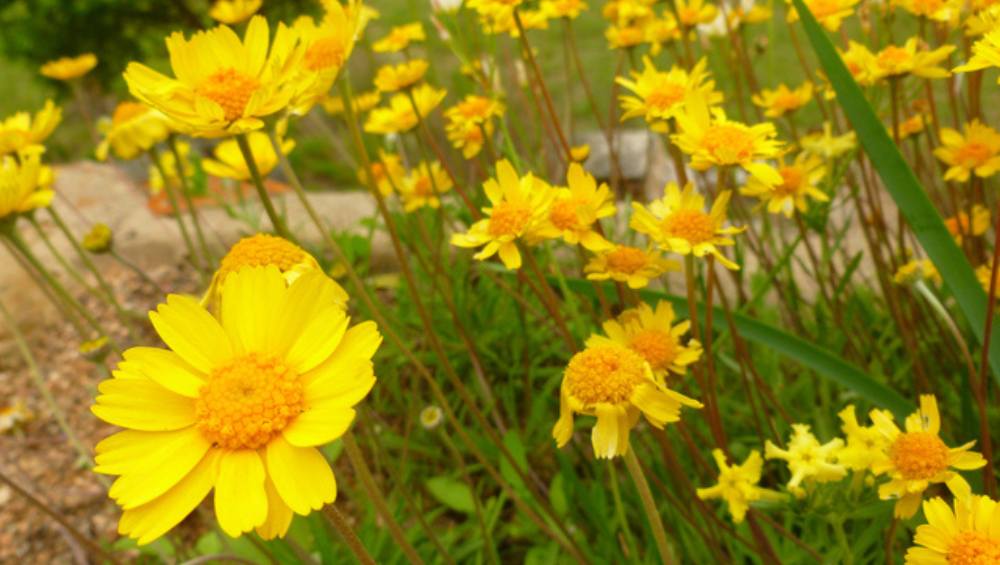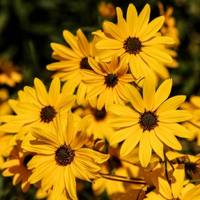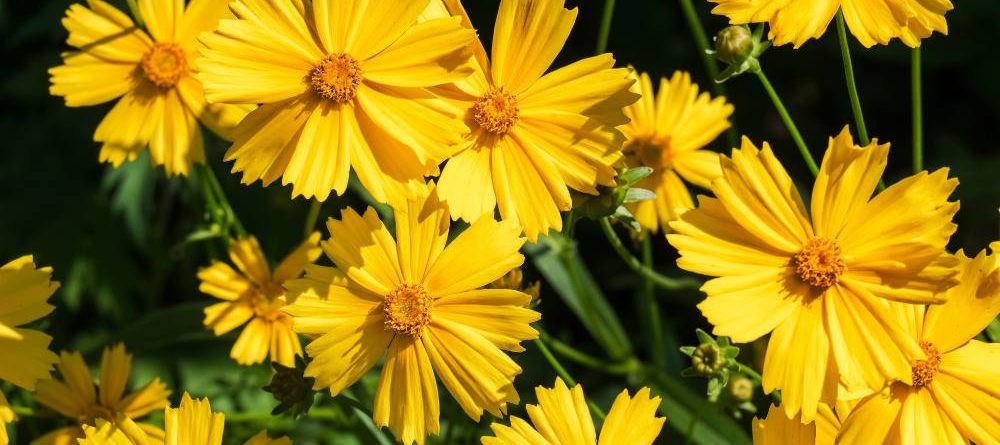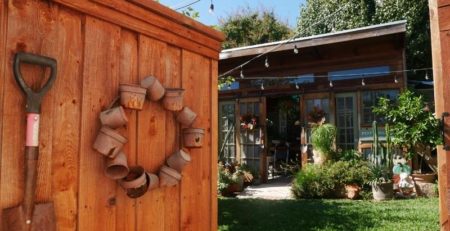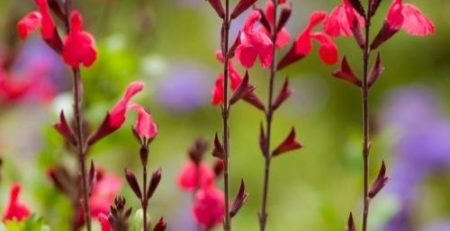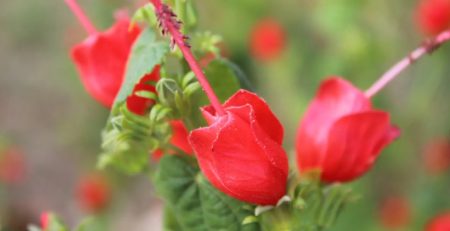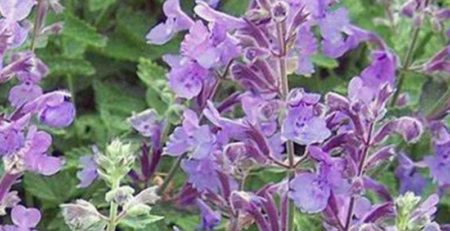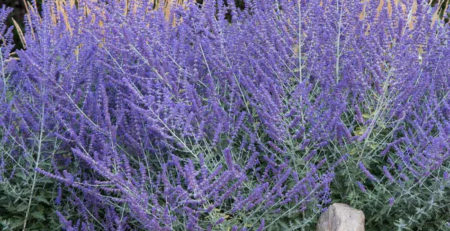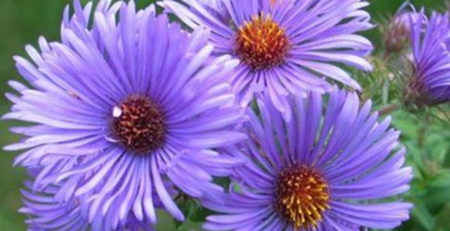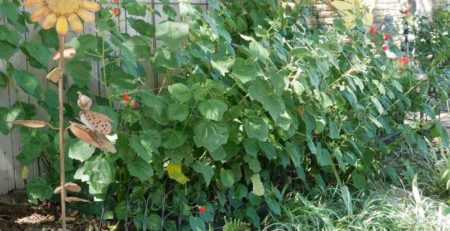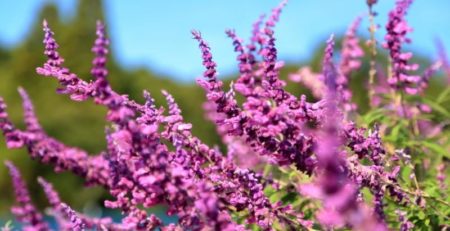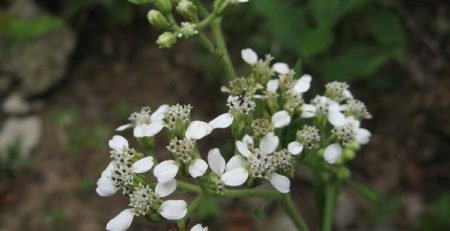Four Nerve Daisy (Tetraneuris scapose)
Plant Description:
‘Tetraneuris scaposa,’ commonly known as ‘Four Nerve Daisy,’ features multiple stems of perky, golden-yellow daisies, which gracefully fan out over compact rosettes of silvery, grass-like foliage. The Greek term, “Tetraneuris,” translates to mean “Four Nerves,” and alludes to four visible veins underneath the flower petals. “Scaposa” is the Latin term meaning “stem.” Perennial within USDA hardiness zones 4-9, this compact plant reaches an average height and spread of twelve inches, and is prized for its bright, cheerful color and tendency to bloom nearly year-round. ‘Four Nerve Daisy’ is most-attractive when planted into groupings, and makes an ideal selection for sunny beds, borders, xeriscapes, groundcovers, or decorative patio containers. Native to Texas, Colorado, Kansas, and New Mexico, the golden flowers were once used by indigenous people of the southwestern United States to make a yellow dye, and various parts of the plant were brewed into teas or used for chewing gum. An important nectar source for a variety of beneficial pollinators, this carefree daisy has a delicate appearance that contradicts its tough heat tolerance and ability to re-bloom even in winter.
Propagation & Planting:
‘Four Nerve Daisy’ thrives with plentiful sunlight, and although tolerant of a bit of afternoon shade, blooms most abundantly with six to eight hours of direct sunlight daily. This daisy requires excellent soil drainage and flourishes in poor, dry, rocky soil. The plant may be easily propagated by seeds, which can be collected as they fall to the ground at any time of the year, or by clump division. ‘Four Nerve Daisy’ plants gradually tend to spread wider in diameter with maturity.
Plant Care:
‘Four Nerve Daisy’ requires almost no maintenance when provided with ample sunlight and excellent soil drainage. The soil must remain on the dry side, and little to no supplemental water is required. In fact, this plant will quickly die if left in standing water. The addition of mulch is helpful to keep the surrounding area free of weeds.
Fertilize:
‘Four Nerve Daisy’ does not require fertilizer.
Prune:
The frequent removal of older, spent flowers is necessary to maintain a tidy, attractive appearance.
Pest & Disease:
‘Four Nerve Daisy’ is not affected by any serious pests or diseases. Too much water will cause root-rot.
PlantTAGG® is the most technically advanced mobile solution for helping gardeners learn about and care for their plants. PlantTAGG’s goal to educate gardeners blends seamlessly with the mission of the Master Gardener program to provide research-based horticultural information to the residents of Dallas County and beyond. To set up your own yard, text ‘PLANTS’ to 46376.
Common Name: Four Nerve Daisy, Stemmy Four-Nerve Daisy, Hymenoxys, Hymenoxys Scaposa, Yellow Daisy, Plains Yellow Daisy, Perky Sue, Thrift Leaf Perky Sue, Hardy Daisy
Botanical Name: Tetraneuris scaposa
Category: Perennial
Lifecycle: Perennial
USDA Symbol: TESC2
Hardiness Zones: 4A – 9B
Sun: Full Sun (6+ hours of sun per day) , High Sun (4-6 hours of sun per day)
Water: Low
Soil: Sandy Loam
pH: Adaptable
Height: 10 to 12 in
Spread: 6 to 12 in
Spacing: 6 to 12 in
Growth Rate: Moderate
Bloom Time: Summer
Bloom Color(s): Golden, Yellow
Leaf Shape: Lance
Leaf Arrangement: Whorled
Leaf Retention: Semi-Evergreen
Miscellaneous: Tolerates poor soil
